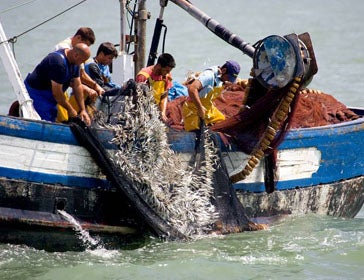Discards and Bycatch: Overview
 Discards and bycatch are two problems that are closely related. Bycatch is the portion of the catch that is not comprised of the fishery’s target species and the FAO defines discards as the portion of the catch that is thrown back into the sea.
Discards and bycatch are two problems that are closely related. Bycatch is the portion of the catch that is not comprised of the fishery’s target species and the FAO defines discards as the portion of the catch that is thrown back into the sea.
In fact, bycatch is usually discarded. This happens when:
– the species caught are not commercially valuable (most invertebrate species, fish including sharks, birds, marine mammals, turtles, corals , etc.);
– catching these species is prohibited because they are protected species;
– the species are commercially valuable but are smaller than the legally authorized size or the assigned fishing quota has been reached;
– the species are commercially valuable, but less than other individuals caught. This is known as high grading, when part of the catch is classified and discarded in order to conserve only the most valuable individuals.
Discards seriously damage marine ecosystems and represent a waste of fishing resources. For example, the FAO estimated that the value of discards in deep-sea fisheries in the North Sea in 1997 was close to 700 million, similar to the value of landings.
The gear used also affects the species captured and their mortality rate.
Bycatch and discards are closely related to overfishing. It is believed that the total volume of world catches is much higher than the declared catch because many fisheries do not provide information about their discards; in other cases, many catches that are not commercially valuable are not even considered discards and, as such, are not registered at all.


